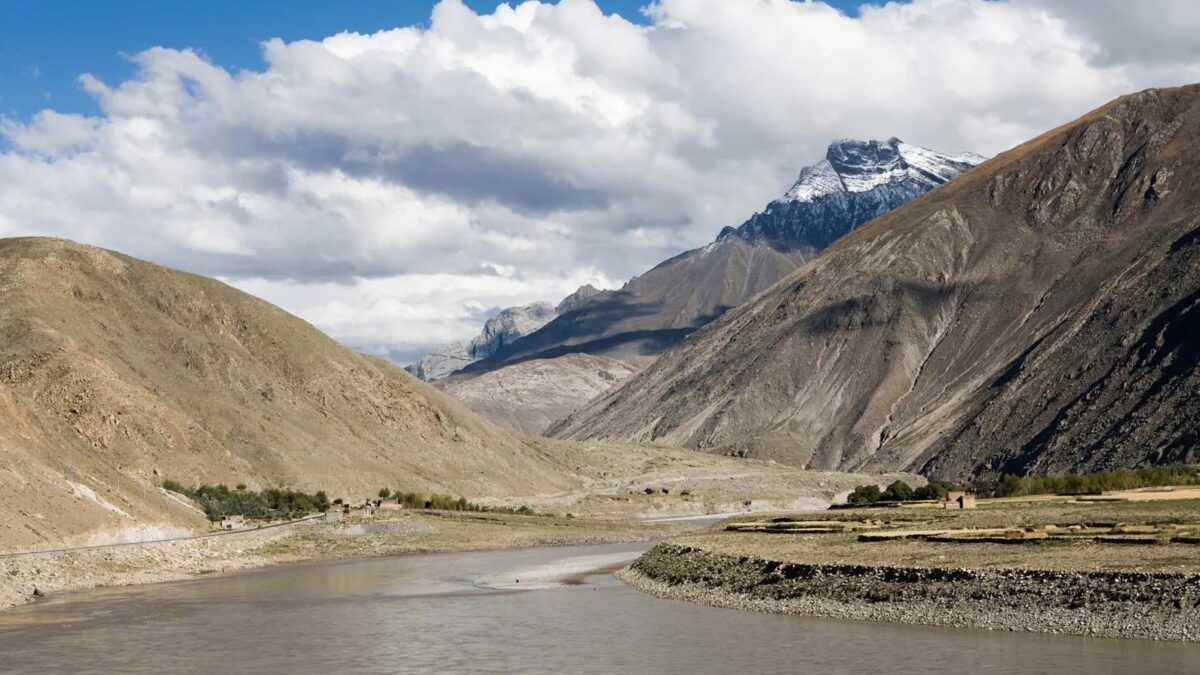India Unveils $77B Hydro Plan as China Expands Upstream Dam Projects
India’s $77 billion plan to boost Brahmaputra hydropower aims to strengthen energy security and curb reliance on fossil fuels.
India has unveiled a ₹6.4 trillion ($77 billion) plan to develop and transmit more than 76 gigawatts of hydroelectric capacity from the Brahmaputra basin by 2047, Reuters reported Monday, citing the Central Electricity Authority.
The plan aims to strengthen India’s energy security while meeting growing electricity demand. It covers 208 large hydropower projects across 12 sub-basins in the northeastern states, with a total potential capacity of 64.9 GW and an additional 11.1 GW from pumped-storage projects, according to the CEA report.
“The Brahmaputra basin remains one of the most vital yet underutilized energy regions of India,” Reuters quoted the CEA as saying.
Strategic Importance Amid China’s Upstream Developments
The Brahmaputra River, originating in Tibet as the Yarlung Zangbo, flows through India and Bangladesh before entering the Bay of Bengal. Its transboundary nature adds a geopolitical layer to India’s hydro plans.
Reuters noted that India views water management and dam construction in the basin as strategically sensitive. Officials fear that China’s large dam projects on the Yarlung Zangbo could reduce dry-season flows into India by as much as 85 percent.
Arunachal Pradesh, located along the Chinese border, is central to this initiative. It alone accounts for 52.2 GW of India’s estimated hydro potential within the basin, Reuters said.
Two Phases, One Long-Term Vision
According to the CEA report cited by Reuters, the massive investment will be executed in two stages. Phase one, running until 2035, will require ₹1.91 trillion, while phase two will need another ₹4.52 trillion through 2047.
The projects will span eight states — Arunachal Pradesh, Assam, Sikkim, Mizoram, Meghalaya, Manipur, Nagaland and West Bengal — which together hold over 80 percent of India’s untapped hydropower resources.
Public Utilities to Lead Development
The CEA said several central public sector utilities, including NHPC Ltd, NEEPCO and SJVN, will lead project execution. Some hydropower ventures are already under development, Reuters added.
By expanding renewable power generation in the northeast, the plan also aims to strengthen transmission infrastructure across India’s growing energy grid.
Aligning with India’s Net-Zero Targets
Reuters reported that the plan aligns with India’s broader goal of cutting fossil fuel dependency. The country aims to achieve 500 GW of non-fossil power generation capacity by 2030 and reach net-zero emissions by 2070.
“The hydro expansion from the Brahmaputra basin is a critical step toward balancing India’s clean energy ambitions and regional resource management,” the CEA said in its report.
As both India and China accelerate hydropower expansion on shared rivers, experts warn that cooperation and transparent data-sharing will be vital to prevent potential cross-border tensions and safeguard water security in the region.
Also Read:
India Hits Energy Transition Milestone, Meets 2030 NDC Goal 5 Years Early
Nirmal Menon
Related posts
Subscribe
Error: Contact form not found.


